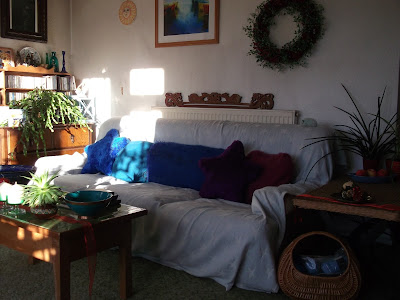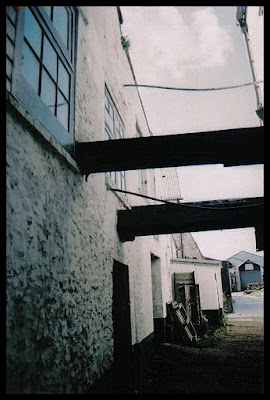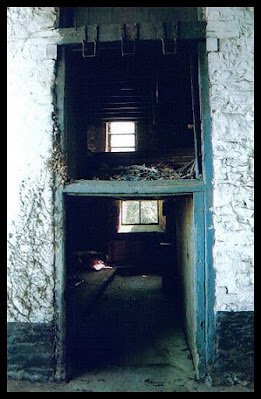A little bit late but I'd like to wish everyone a very happy Christmas and I'm hoping that you are all having a lovely time.
I realise that not everyone celebrates Christmas but it is an official holiday celebration in Britain therefore I honestly don't think anyone should apologise for it. That said, I do hope that those of you who don't celebrate are at least having a nice mid-winter break from work and a chance to rest up or do some nice things for yourselves and your families. :)
Me, I'm a pagan not a christian, but I do love Yule so I celebrate it in a secular/pagan way to bring light and warmth during the winter darkness. I don't bother with new year at all, but I equally hope that those who do celebrate it have a good one! There we go; all eventualities catered for hopefully, lol.
I've added a few photos of my home Christmas decorations, all of which were photographed on my little point and shoot digital camera. All the other website and blog photos are taken on my 35mm Minolta, which I much prefer to continue using. I can't get on with digital cameras at all and have to keep mine on the same setting but it is useful for sending quick emails to friends & relatives with seasonal photos, and also for stuff that I don't want to use up film for.
Anyway, down to blog business! I'm sorry I haven't posted as much as I would have liked to this year. I do have a lot of articles in draft, some of them almost finished, but they all need tinkering with in various ways, such as the odd extra photos, more information or some that are so long & complicated that I'm afraid to publish them yet in case I've left something out.
I'm still working on a contents page. Actually, I'll rephrase that; I started working on the contents page then shelved it and forgot all about it, lol. That's something else that's going to be very long and unwieldy, so I'll have to give it more thought and do some reorganisation.
I've got a lot of new stuff waiting in the wings, too. Some articles that were intended for my website are now waiting for more photos to go with the few I've already got, plus some recent new visits to complete also. This is something that I can do locally so lots of lovely winter walks to get those finished.
A little taster of some of those...
And some new interests and lots more ideas have been added to my ever-growing list, including mosaic doorsteps, fences, walls, hedges and metal covers (drain covers, manholes, etc, on the roads and pavements). I've already got 40 photos of the latter, covering a five minute walk from my flat, so I think that's going to be a continuing project putting in the odd article of short stretches. Who knew there'd be that many on the roads, eh!
Some more tasters...
Something new that I'd mentioned in the last update at the beginning of the year is Weather Lore. I haven't got very far with that as I need to go through a humungous amount of photos to find appropriate ones, plus take more. However, I actually saw some exceptionally dramatic thunderheads a few days ago...Cumulonimbus clouds towering high in the sky, indicating that a storm or heavy rain is likely to be on its way. They are on a film that's still being used up, but here's one I took of a Kelvin-Helmholtz cloud several years ago, which is very rare. I called this one 'Pie in the Sky'.
Lots to do and I'm getting really excited with all the ideas and new projects coming up. Meanwhile, a little rest up and some organising before the new year, so I probably won't post anything else until then. Having said that I might surprise myself, but we'll see how it goes.Happy new year everyone. :)















































































